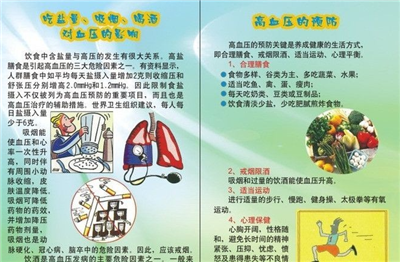短语翻译成英文的技巧(Techniques for Translating Phrases into English)
Translating phrases from one language to another can be a challenging task, as it involves not only converting words but also capturing the intended meaning. In this article, we will explore the techniques for translating phrases into English, focusing on the key aspects that make the translation accurate and effective.

1. Contextual Analysis: Before translating a phrase, it is crucial to understand the context in which it is used. This involves examining the surrounding words, sentence structure, and overall message conveyed. By grasping the context, translators can accurately capture the nuances and subtleties of the phrase.

2. Identification of Key Words: Identifying the key words within a phrase is essential for accurate translation. These key words are the ones that carry significant meaning and often determine the overall message. By focusing on these words, translators can ensure that the translated phrase captures the essence of the original phrase.
3. Consideration of Cultural Differences: Translating phrases also requires considering cultural differences. Some idioms, expressions, or metaphors may not directly translate into English, and attempting a literal translation may result in confusion or loss of meaning. Translators should aim to find equivalent expressions or adapt the phrase to make it more culturally appropriate.
4. Collocation and Idiomatic Usage: Translating phrases involves understanding the natural collocations and idiomatic usage in English. This requires familiarity with the language and its common expressions. Translators need to ensure that the translated phrase sounds natural and idiomatic in English, without losing its intended meaning.
5. Flexibility in Syntax: Translating phrases often requires flexibility in sentence structure. This means that the translated phrase may not follow the exact word order of the original phrase. Translators should prioritize conveying the intended meaning rather than sticking strictly to the original sentence structure.

6. Use of Synonyms and Equivalents: When translating phrases, it is essential to have an extensive vocabulary and knowledge of synonyms and equivalents in English. This allows translators to choose the most appropriate words that convey the intended meaning of the original phrase. It also helps to avoid repetitive or awkward phrasing in the translation.
7. Proofreading and Editing: After translating a phrase, proofreading and editing are vital steps to ensure accuracy. Translators should review the translated phrase carefully, checking for any grammatical errors, inconsistencies, or deviations from the original meaning. This process helps to refine the translation and make it more polished.
8. Continuous Learning and Improvement: Translating phrases is a skill that can be developed and improved over time. Translators should continuously seek opportunities to enhance their language proficiency, expand their vocabulary, and stay updated with the latest idiomatic expressions. With consistent learning, translators can provide high-quality translations that effectively convey the meaning of phrases into English.
Conclusion: Translating phrases into English requires a combination of linguistic knowledge, cultural understanding, and attention to detail. By applying the techniques discussed in this article, translators can accurately convey the meaning of phrases, ensuring effective communication between languages.






